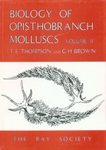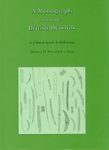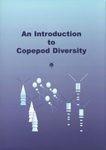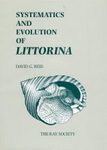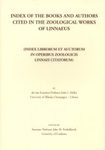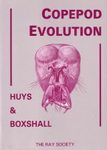Monograph
By: Margaret Redfern(Editor), Alexander Cameron(Editor), Kevin Down(Editor), Marcello Malpighi(Author)
110 pages, 63 colour photos & b/w line drawings
![On Galls / De Gallis On Galls / De Gallis]()
Click to have a closer look
About this book
Customer reviews
Related titles
About this book
Language: Bilingual in English and Latin
Plant galls are remarkable objects, often beautiful and sometimes bizarre. They are formed of plant tissue but are caused by another organism, usually an insect or a mite, and, thus, they straddle the worlds of botany and zoology. Knowledge of galls has a long history, since the 5th century B.C. First used as herbal medicines and later for dyeing cloth and leather and for ink-making, their true nature remained obscure until well into the 19th century – they, and the creatures inside, were generally regarded as objects of superstition, arising by spontaneous generation.
Against this background of ignorance, Malpighi's De Gallis, published in 1679, is a remarkable work. He investigated gall structure and studied galls as they grew, describing and illustrating them so accurately that most of them can be recognized today. Thereafter, knowledge regressed; Malpighi's understanding of galls reached levels not attained again for 200 years. His understanding gave the study of galls a scientific basis well ahead of its time, and it is with justification that Malpighi is recognised as the father of cecidology.
Although most of the galls Malpighi described are on oak trees, he also looked at galls on other plants, herbaceous species as well as other trees. Most galls familiar to him are caused by cynipid wasps, which he saw emerging from their galls as well as laying eggs in buds. But he appreciated too that other creatures could cause galls, other insects and mites, although he did not name them specifically.
The core of this work is De Gallis, one of the chapters of Malpighi's major work on plants, Anatomes Plantarum, and richly illustrated with 67 figures in 15 plates. This was published in 1679 by the Royal Society of London, and a facsimile of the first edition is included here. A translation of the original Latin follows the facsimile with an interpretation interleaved on facing pages. This allows the translation to lead directly to the recognition of each gall that Malpighi described and enables any difficult or obscure parts of the text to be explained. Most of the galls are illustrated in colour, allowing direct comparison betweenMalpighi's drawings and modern images.
The importance of De Gallis in the history of natural history is indisputable. It is remarkable that, in the l7th century, Malpighi's understanding of galls and how they developed is close to modern interpretations. De Gallis has not received the recognition it deserves because the Latin text remained inaccessible to most people. This English translation and interpretation of the galls familiar to Malpighi should make De Gallis and its meticulous illustrations available to a wider audience.
The figures on the dust jacket are from the facsimile of De Gallis (Tab. X, Figs. 32 and 33 and Tab, XX, Fig. 72). They depict, in the centre, the adult female of the oak apple gall wasp, surrounded by the growing and mature oak apple: (from the top left, clockwise) the bud with eggs soon after they were laid; the growing gall with remains of eggshells; the full-grown gall with holes made by emerged gall wasps and parasitoids; and a section through the oak apple with chambers enclosing the larvae.
Customer Reviews
Monograph
By: Margaret Redfern(Editor), Alexander Cameron(Editor), Kevin Down(Editor), Marcello Malpighi(Author)
110 pages, 63 colour photos & b/w line drawings

















